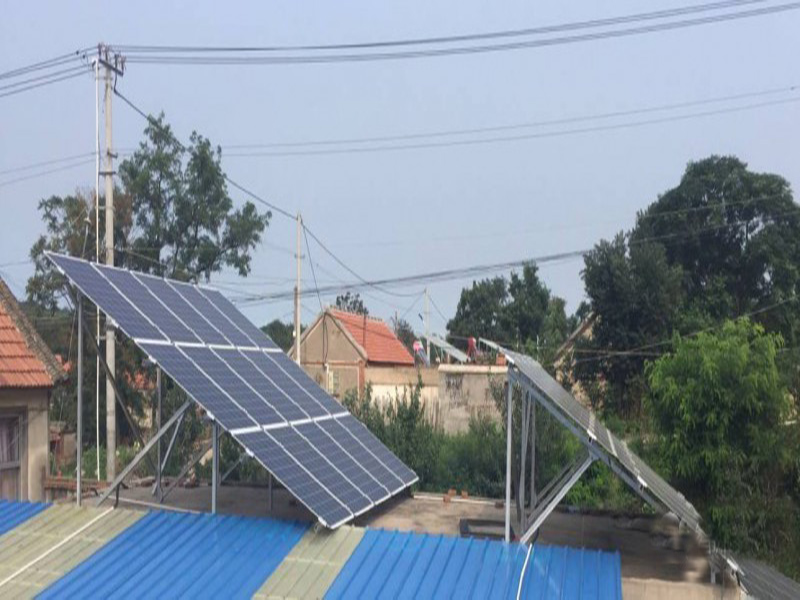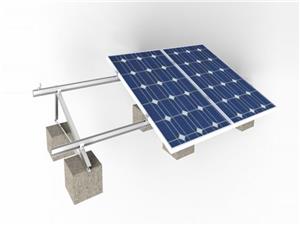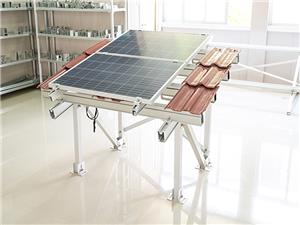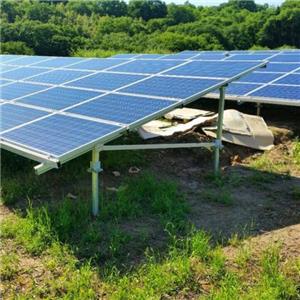PV mounting structure shadow
Calculation and case of unshaded spacing between front and rear of photovoltaic support module square array
Shadow occlusion will seriously affect power generation. Although the shadow only covers 1/10, it may reduce the power generation by more than 90%!
Therefore, in distributed projects, especially household projects, there are two problems that plague many installation teams:
1) What is the distance between the front and rear of the roof photovoltaic array to ensure that it does not affect the power generation?
2) When there is an obstacle (such as a parapet) in front of the photovoltaic array, how much space should be kept to ensure that it is not blocked?
In household projects, due to the lack of technical strength of the installation team, a large number of front and rear rows are blocked due to insufficient front and rear spacing, which seriously affects the power generation. As shown below.

How reasonable is the spacing between the front and rear rows?
According to the "Specification for Design of Photovoltaic Power Stations (GB 50797-2012)":
It is necessary to ensure that the front, back, left, and right are not blocked during the period of 9:00~15:00 (local true solar time) throughout the year, that is, the front and back are not blocked during the period of 9:00~15:00 on the winter solstice day.
At this time, the calculation method of the distance between the front and rear of the array is as follows:
If the height of the front photovoltaic array (height of the obstruction) is H, H can be actually measured; keep the distance between the front and rear of the winter solstice 9:00~15:00 (local true solar time) unobstructed as D, which can be calculated by H

Sun altitude sinα=sinφsinδ+cosφcosδcosω;
Azimuth angle of the sun cosγ=(sinαsinφ-sinδ)/ (cosαcosφ)
Array spacing D=Hcosγ/tanα
φ: latitude, δ: declination angle, ω: hour angle
The above formula is relatively complicated, and it is difficult for general household installers to calculate. However, we can find that the ratio of D to H is a fixed value, which is only related to the latitude of the project site.
D/H=τ=cosγ/tanα
τ is called the shadow magnification of the project site
for example,
If the latitude of a place is 25°, according to Table 2, its shadow magnification is 1.5124.
After measurement, the height of the front array/blocking object is 2m, then the front-to-back distance D=2m×1.5124=3.0248m,
The actual project can take up 3.1m.
If the latitude of a place is 35.7°, according to Table 3, the shadow magnifications at 35° and 36° are 2.3028 and 2.4174, respectively, and the shadow magnifications at 35.7° calculated by interpolation are 2.383.
After measurement, the height of the front array/blocking object is 1.4m, then the front-to-back distance D=1.4m×2.383=3.336m,
The actual project can take 3.4m upwards.




